Thousands of youngsters around the world are dancing in fur coats and lip-syncing to a Russian song about neurotic love and “jaga-jaga” from 2003. How did this happen, and why does it matter?
In the past two years, Russian pop culture has taken a bizarre turn. Rappers who used to sing about drugs, amorous conquests, and ‘cool stuff’ in general, now go on stage with Russian flags and proclaim their love for the motherland. On the front line, soldiers listen to girly pop music about self-love and toxic partners. Online, there’s been a renaissance of ironic memes, many of which are also patriotic.
All these, however, are internal Russian trends. But what’s going on with Russian culture in the ‘outside world’? As a matter of fact, the nation’s pop culture is setting new trends on TikTok – and surprisingly, by means of a tune penned 20 years ago. As I write, a Russian pop song is storming the music charts in the US and Europe.
Read more Sex, blood and patriotism: The Ukraine conflict has ushered a new wave of Russian music and it's here to stay
Sex, blood and patriotism: The Ukraine conflict has ushered a new wave of Russian music and it's here to stay
In 2023 – the year the ‘cultural iron curtain’ descended, separating Russia and the West, when the Russian musicians’ foreign tours were canceled simply because of their nationality, and when Michael Jackson disappeared from Russian streaming platforms due to sanctions – thousands of girls around the world dressed up in ‘Russian style’ to the accompaniment of the most frivolous song in the history of Russian pop music.
What happened?
In early November, videos with the song ‘Moi Marmeladnyi’ (‘My Marmalade’, also known as ‘I’m wrong’) by Russian singer Katya Lel started to appear on TikTok. Soon, the trend exploded. Accounts large and small posted videos of people dressed up in fur coats and hats to the accompaniment of the song. These clips racked up tens of millions of views. By now, over 160,000 videos with Lel’s song have been uploaded to the platform.
The idea is simple – inspired by the ‘Slavic vibe’, users dress up as Russians, taking the opportunity to show off their fur coats and other accessories. Others recall their Russian origins and the advice given by their parents who emigrated to the West from Russia and the USSR. And some users who don’t speak Russian and had never previously expressed any interest in learning it, try to pronounce the lyrics of the viral song and share their desire to finally learn the language.
Some users note how catchy the song is, and others joke about the discussions around “bad Russian culture.” Finally, Lel’s song simply serves as a musical accompaniment to all kinds of videos in which TikTokers share their thoughts and lives.
The viral trend became so widespread that in just a month, ‘My Marmalade’, which was initially released in Russia 20 years ago, reached third on Spotify’s Viral 50-Global chart, and also made it to Shazam’s Global Top Ten (Pop).
Who wrote the hit song?
Singer, actress, and TV personality Ekaterina Chuprina, who later took the pseudonym Katya Lel, was born in 1974 in the city of Nalchik in southern Russia. In the mid-’90s, she moved to Moscow, where she started studying music.
The beginning of Lel’s singing career was moderately successful, but she rose to new heights in 2003. That year, Lel released three hit songs: ‘Doletay’ (‘Fly’), ‘Musi-pusi’, and, of course, ‘My Marmalade’. The last track was heard everywhere – even radio stations that specialized exclusively in Western music wanted to play it. Anyone who lived in Russia in the mid-2000s knew the tune by heart.
The album ‘Jaga-Jaga’, released the following year, became a best-seller and marked the peak of the singer’s career. According to Lel, she even received collaboration offers from Western labels. The singer did not disclose all the labels that made offers, but mentioned Universal and Sony Music. Moreover, famous Colombian star Shakira became interested in Lel’s work and wanted to record a song with her as a featured artist. However, Lel’s further career was affected by legal proceedings with her first producer. She eventually left him to work with the producer responsible for her triumph – Maxim Fadeev.
Born in Western Siberia in the late 1960s, Fadeev began studying music in his childhood and dreamed of becoming a singer. At the beginning of his career, his outstanding musical abilities and unique style were not appreciated by famous Russian pop artists, but these difficulties only strengthened his resolve. Fadeev went on to write numerous hit songs and become a top producer, promoting a long list of successful artists including girl group SEREBRO, third-place finishers at the 2007 Eurovision Song Contest.
Fadeev wrote ‘My Marmalade’ and other hit songs performed by Lel. However, soon after the success of the song, the paths of the singer and producer diverged.
Lel continued to write music, sing, act, and make TV appearances, and is active to this day. But ‘My Marmalade’ remains her biggest success.
Reaction to success
Back in 2004, when Lel was at the height of her popularity, Fadeev decided to promote her in other countries, and they released an English-language version of ‘My Marmalade’. However, at the time, the clip wasn’t a hit and the song was completely ignored by foreign audiences.
For Lel, the popularity that caught up with the song 20 years later came as a pleasant surprise. She learned about the interest on TikTok from her daughter. “I come to work – [it ranks in] fourth place [in the Spotify global chart], by the time I leave work — it’s in third place. It's a miracle that is hard to believe,” the singer shared.
“You have no idea how important it is for Russians when people from different countries put on fur hats, pronounce Russian words, and draw attention to themselves by means of the Russian language. This is very important and necessary today, in our times.”
Read more Russia celebrates 100 days before global youth forum
Russia celebrates 100 days before global youth forum
However, the singer assured her fans that she does not intend to move to the West. “I am a crazy patriot of my country, I am proud to be Russian. And I know that the moment has come for Russia to make incredible leaps and breakthroughs on a global scale. The song is creative energy, it is the first step!” she said.
Fadeev was also pleased with the song’s newfound impact. “I always said that one day, thanks to our culture, many people who felt confused would turn back to Russia. People don't want Russian culture to be canceled, they love it,” he said.
Even Russia’s Foreign Ministry agrees. Commenting on the success of ‘My Marmalade’ on her Telegram channel, Foreign Ministry spokeswoman Maria Zakharova called it a “slap in the face for Russia cancelers.”
“Trying to cancel culture is like trying to drink the sea or sweep the desert. Because evil – as the heroine of our great Oscar-winning film ‘Moscow Does Not Believe in Tears’ once said – should and will be punished,” Zakharova said.
So what is the song about?
Although Lel’s success is even being discussed in the Foreign Ministry, the song itself is far from serious. The text boasts inventive rhymes and imagery which was common for Russian pop music in the ‘00s. But the lyrics are somewhat unsophisticated and share a girl’s perspective on a passionate, slightly neurotic, on-off relationship.
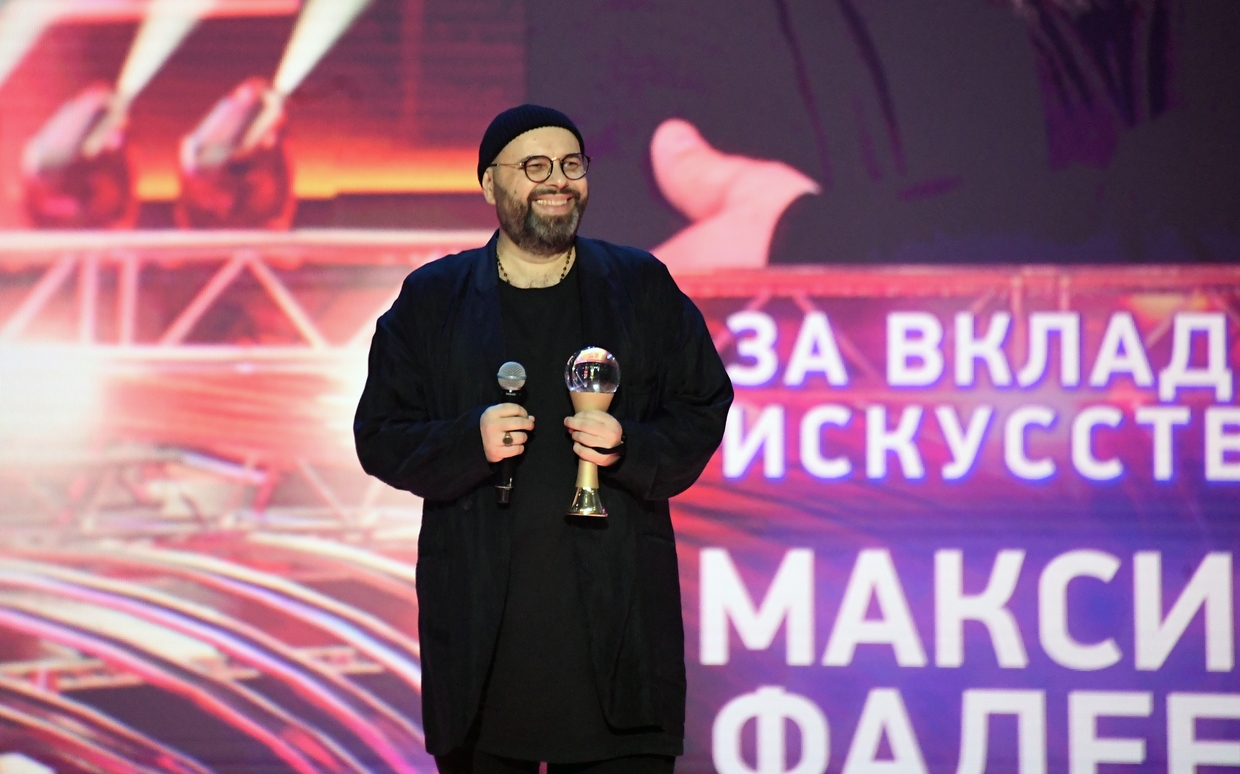 Composer and producer Maxim Fadeev.
© Sputnik/Ekaterina Chesnokova
Composer and producer Maxim Fadeev.
© Sputnik/Ekaterina Chesnokova
The song’s chorus, which TikTokers particularly liked, is a totally meaningless bunch of words. The lines “poprobuy mua-mua” (“try mwamwa") and “poprobuy jaga-jaga” (“try jaga-jaga”) are just suggestive sensual gibberish. However, the lyrics leave plenty of room for interpretation.
For example, in the ‘00s, Russian philosopher Aleksandr Dugin wrote that the line “try mwamwa” makes him think that this is how “one speaks with a mouthful of great secrets and stones, in the winter language of birds that died last season.”
“Without a doubt, the new anthem of the era has been designated. This is the modern gnosis, a feast of correct, strictly nurtured feelings and sacrificial orientations,” Dugin wrote in his book ‘Pop Culture and the Signs of the Times’. Of course, the philosopher was joking – but with a touch of truth, as he is known to do.
Lel recently admitted that when she recorded and released the song, she did not know what “jaga-jaga” meant. “For me, it’s about love and friendship, tenderness and joy. ‘Jaga-jaga’ is the most beautiful thing on Earth,” she said. But producer Fadeev actually implied something else, explaining that “it means ‘Hey, how are you, everything’s cool!’”
However, even before the authors of the song explained its meaning, in Russia “jaga-jaga” became a euphemism for sex, and some adult stores in Russia even took the name.
The lyrics also hint at thoughtful and nervous feelings, but the song itself is lightweight and even frivolous. It’s a perfect match for the visual content created by TikTok users.
Why fur coats and hats?
Fadeev believes that “today, thanks to this song, Russian furs, Russian fur hats are trending [in the West]. Now, there is even a Slavic makeup trend. It's true.”
Fur coats and hats are perhaps the most widely known ‘Russian’ attributes, second only to hats with earflaps. From classical paintings to Family Guy episodes, Russians have been most often associated with furs.
Stylish and warm in the cold Russian winter, fur coats have not changed much since the times of Tsar Ivan the Terrible in the 16th century. However, today they are mostly worn by rich women, while men prefer coats and jackets. An increasing number of Russians, however, refuse to wear natural fur for ethical reasons.
There are also many types of fur hats in Russia: from army and Caucasian headwear to ‘aristocratic’ boyar hats. Most headgear seen on TikTok, however, resembles the type that was popular in Russia in the ‘90s and early ‘00s.
At that time, fur coats and fur hats were one of the main ways to show off wealth. Those who lived through the collapse of the USSR and the subsequent crises needed to prove to others and to themselves that they had survived in the new reality and were able to provide for themselves and their families. In the early ‘00s, when the Russian economy recovered from the shocks and began to rapidly grow, many people were finally able to legitimately earn money.
Read more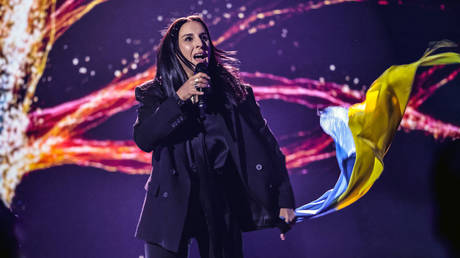 Ukrainian Eurovision winner put on Russia’s wanted list
Ukrainian Eurovision winner put on Russia’s wanted list
Buying expensive clothing, cars, and apartments gave Russians a sense of success and security, while music helped them feel comfortable in this new world.
In those times, Russians listened to disco music only when feeling nostalgic, while Russian rap and electronic music were just starting to emerge. The most popular genres were rock and high production value pop music. Lel represented the latter genre.
Modern TikTokers definitely did not explore the complexities of Russia’s socio-economic and cultural situation at that time, but they managed to capture the image of freedom, fun, and hope, which appeared in Russia in the ‘00s and is still alive.
Why does this matter?
Surely, we may find some dissatisfied comments under ‘My Marmalade’ videos – usually from Ukrainians who condemn using Russian music to create videos.
Also, some people call it a “Slavic song” for “Slavic girls” – which, of course, is true, but only formally.
‘My Marmalade’ is Russian music, which – like Russian movies, books, and theater – remains relevant and alive. It’s definitely annoying when the West ‘cancels’ Dostoevsky or the films of Tarkovsky, or declares the painter Aivazovsky a Ukrainian. But there is no way to permanently cancel Russian culture, which is an integral part of world culture. It is both stupid and pointless to believe otherwise.
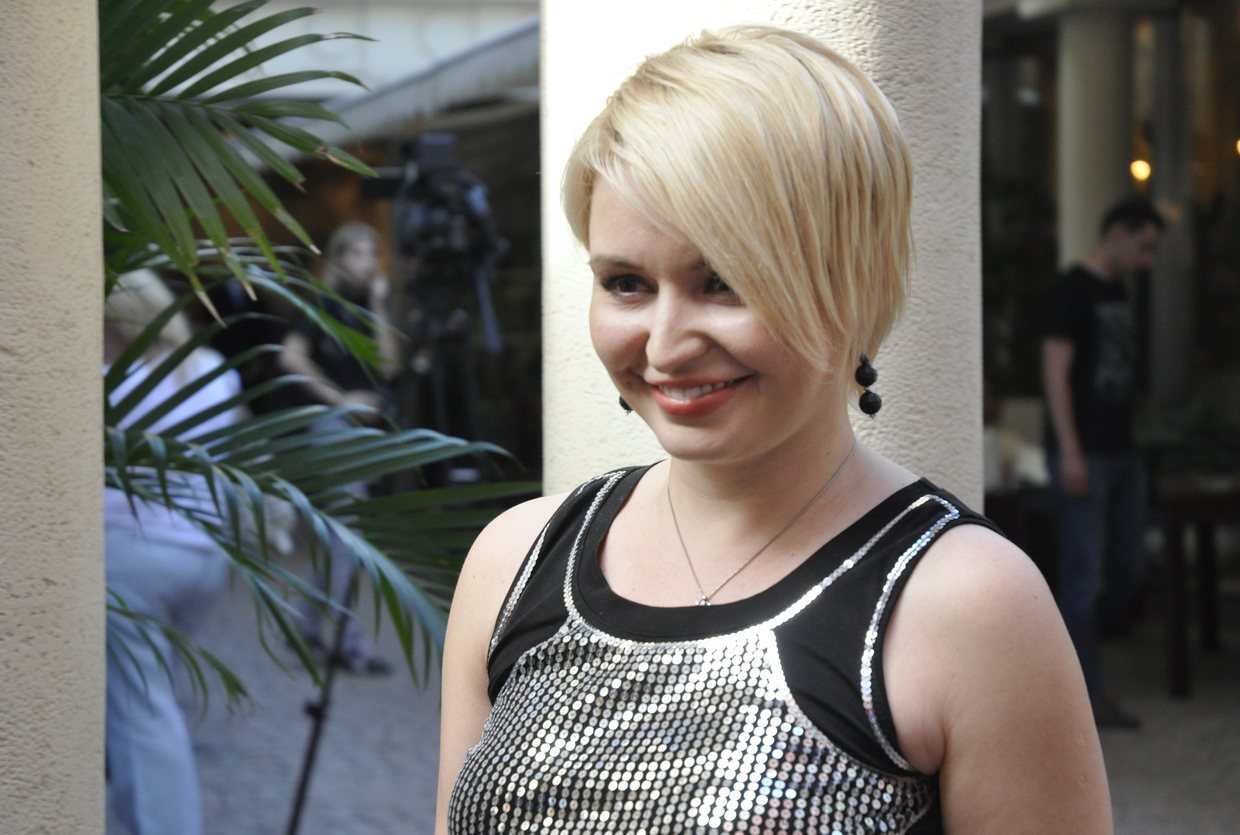 Singer Katya Lel.
© Sputnik/Roman Kul`guskin
Singer Katya Lel.
© Sputnik/Roman Kul`guskin
Of course, Lel’s viral TikTok popularity is only a small part of this story. But it demonstrates that content makers fell in love with ‘My Marmalade’ not because of an expensive promotional campaign or a state cooperation program to promote Russian culture. They simply liked the song – and the image of beautiful people in fur coats and hats.
In a strange way, this image also resonates with girls in modern-day Russia. Many of them are more independent and they don’t like to talk about men as much as girls did 20 years ago. But they still sing about love and passionate feelings, which are best described by “jaga-jaga.”

 1 year ago
417
1 year ago
417

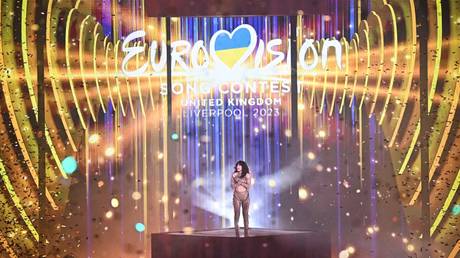


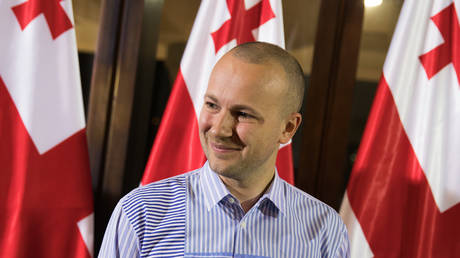


 English (US) ·
English (US) ·